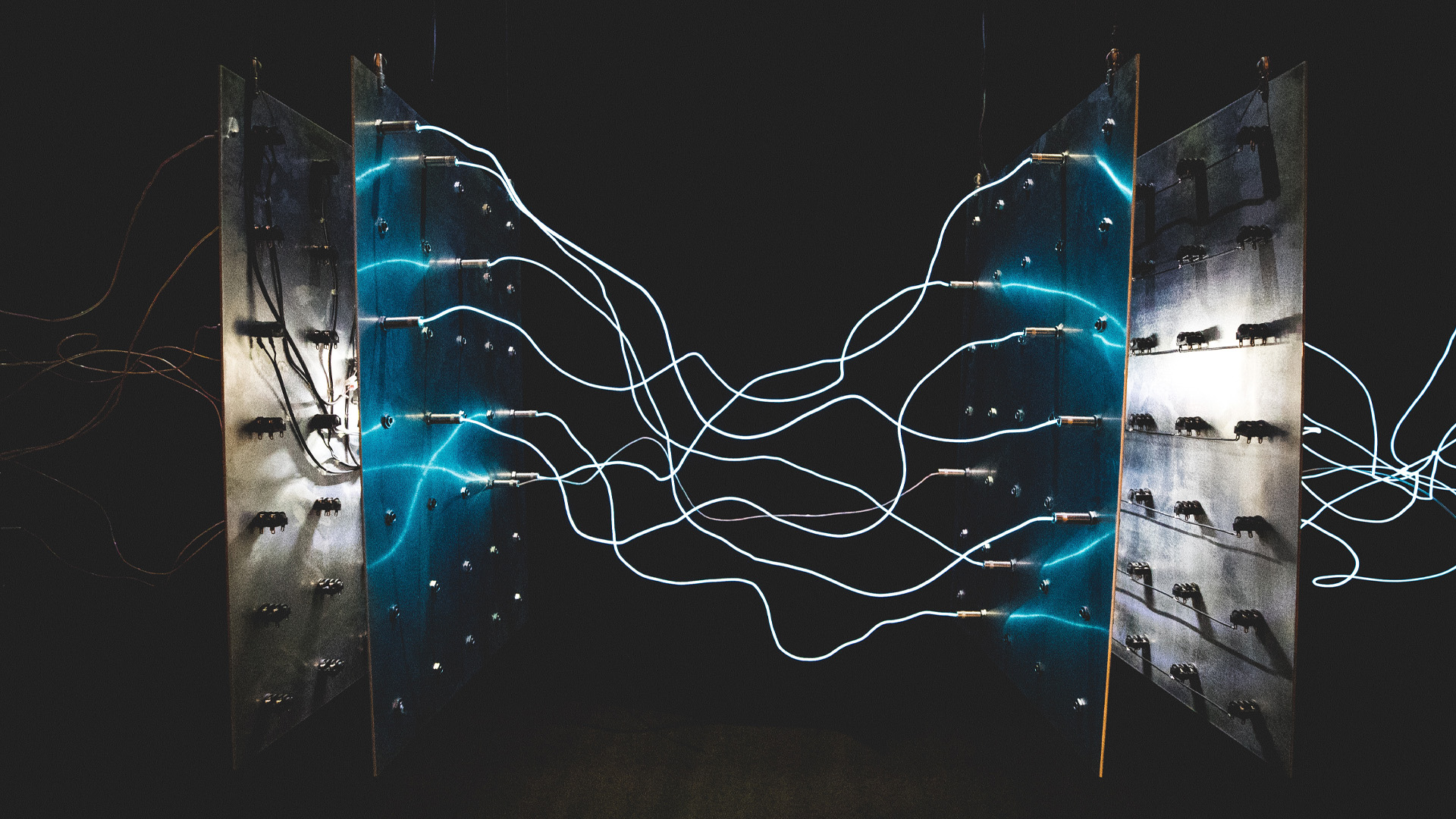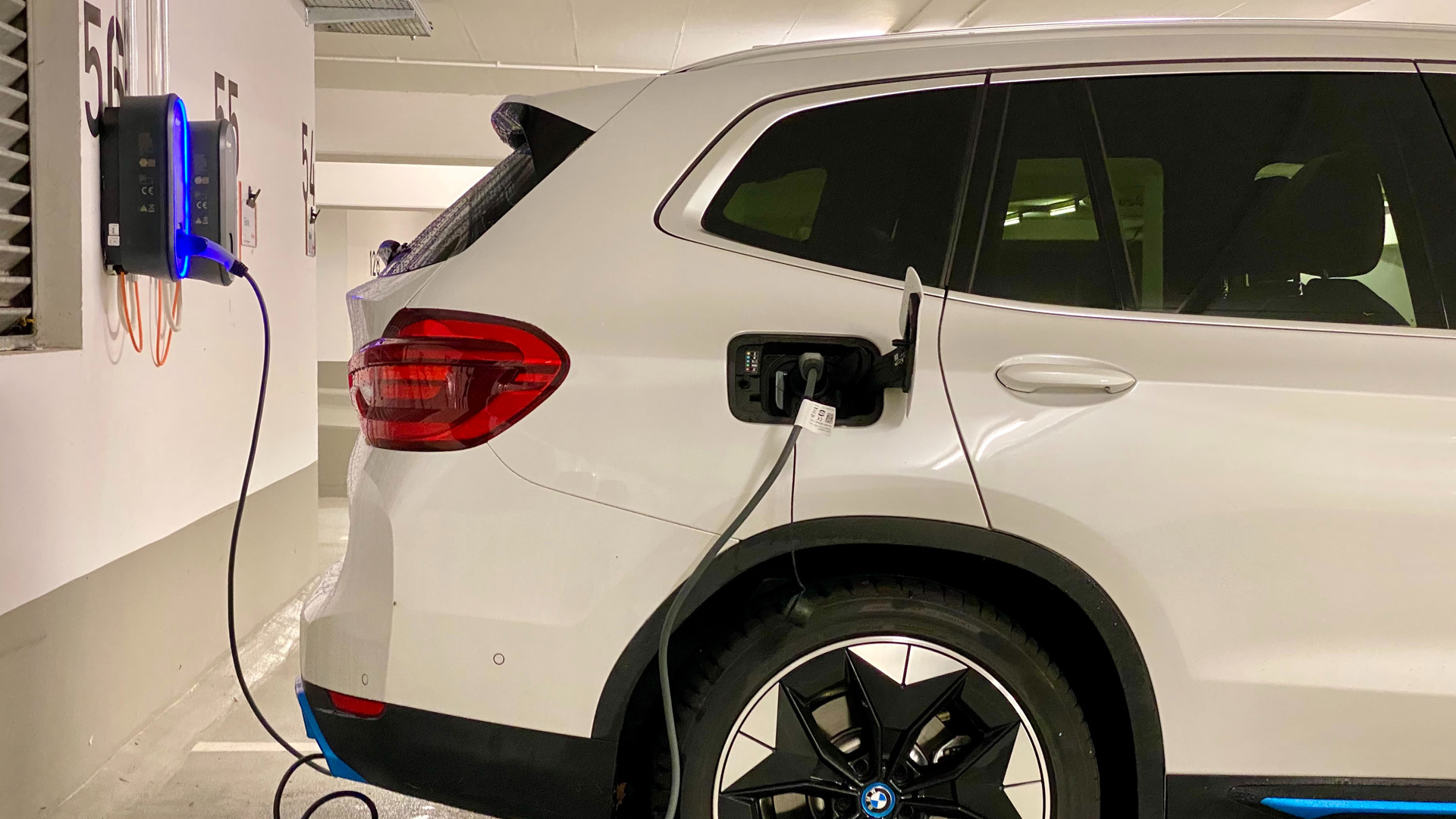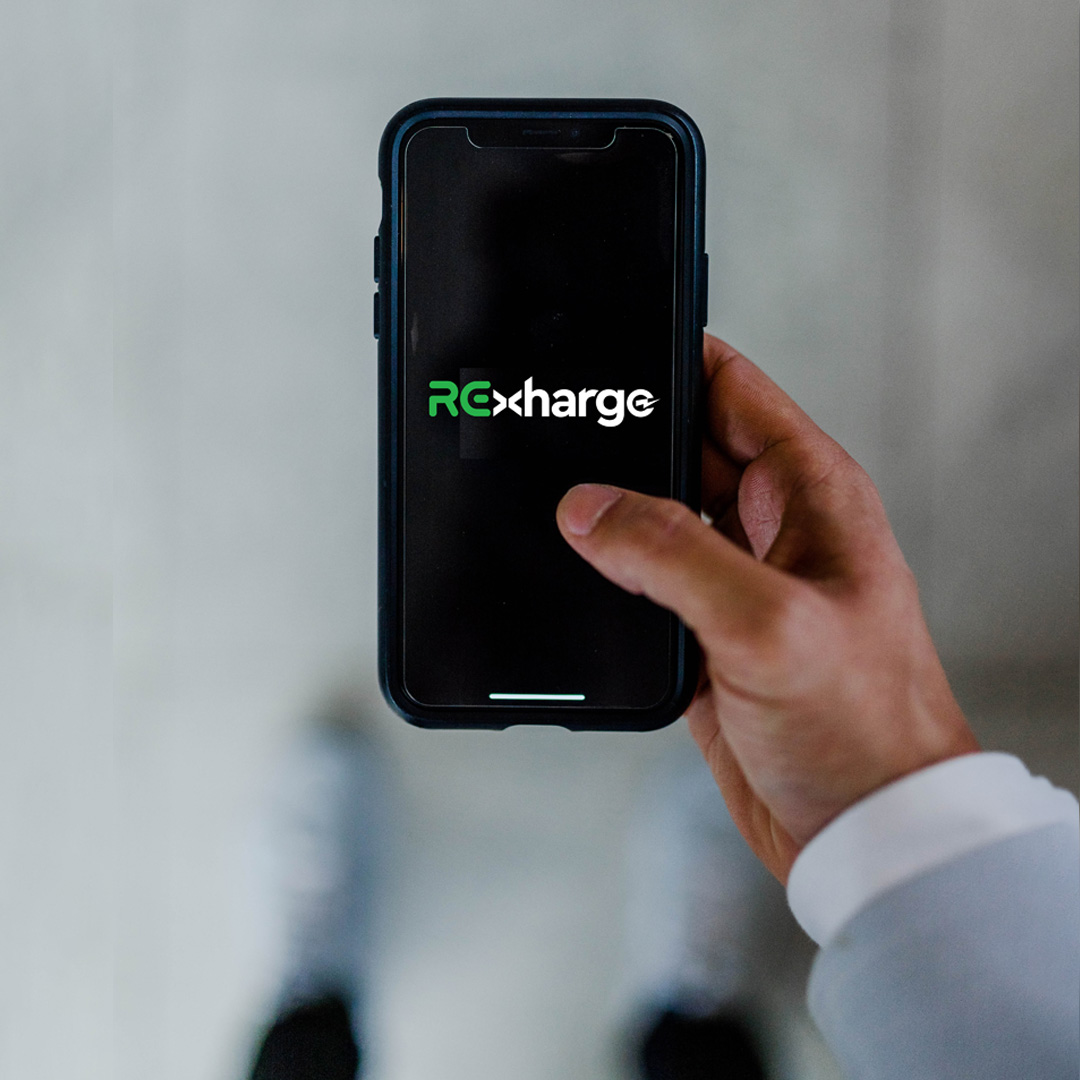
Background
This case study delves into a scenario where a customer encountered recurring tripping issues in their home electrical system following the installation of an EV charger. By conducting a comprehensive assessment and offering practical solutions, the RExharge team not only resolved the problem but also empowered the customer to charge their EV responsibly without compromising their daily activities.
Initial Assessment of Power Overload Issue
Our thorough analysis revealed that the power supply from the house distribution board was insufficient (63Amp) to accommodate the simultaneous demands of the EV charger (32Amp) and other high-consumption appliances (more than 31Amp). This mismatch in power distribution was causing the circuit to overload, leading to frequent tripping and disruption of electrical services.

RExharge’s Solution
Armed with a clear understanding of the problem, RExharge engaged a transparent and informative discussion with the customer. Instead of a costly overhaul of the electrical system, we proposed a pragmatic approach to ensure smooth charging while maintaining the household’s daily activities. We advised the customer to refrain from using power-intensive appliances such as induction cooker, vacuum and dryer while the EV charger was active.
For EV owners looking to install a home EV charger, it is important to first conduct a home check to check on the TNB fuse, conduct a load test, and to ensure there will be no tripping. A home check will also enable customers to customise the layout design of their future home charger.
Additionally, we recommended utilising the RExharge mobile app to monitor and control the charging process, allowing the customer to adjust the charging rate and prevent overloads.

